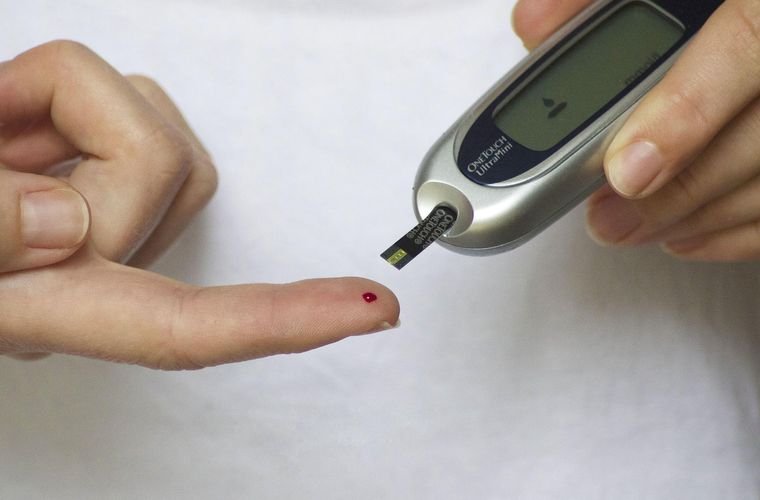Thanks to the COVID-19 pandemic, blood shortages have become a full-blown crisis, according to data from the Red Cross. Around 40,000 pints of blood are transfused daily across the nation, showing just how vital the need for blood currently is.
Many scientists and medical companies are looking for ways to overcome this crisis and ensure there is enough blood for people who need it. One novel, but possible solution that is being studied involves the creation of synthetic, artificial blood. While this blood may be complex to create, if achieved it could potentially save an untold number of lives annually, and help to curb the current nationwide shortage.
Background: What is Artificial Blood?
Artificial blood is a blood-like substitute for actual blood and is solely used to transport oxygen through the body. Because of this, there needs to be the right amounts of hemoglobin in the artificial blood. According to the chief of the Laboratory of Biochemistry and Vascular Biology at the FDA’s Center for Biologics Evaluation and Research, Abdu Alayash, “Hemoglobin-based oxygen carriers (HBOCs) — also known as ‘blood substitutes’ — are manufactured using hemoglobin that has been removed from red cells. But because the hemoglobin in these carriers is no longer enclosed, it can undergo chemical changes that make it extremely reactive and toxic while circulating in the blood, causing damage to tissues.” With even just the tiniest change in environment, artificial blood can change into something no longer healthy for a patient.
Analysis: How to Create Artificial Blood
The process of creating blood substitutes goes back centuries, beginning in the 1600s. At that time, individuals tried using substances like milk for transfusions, but with little success. Current methods to produce artificial blood include isolation of certain molecules, like hemoglobin, or recombination of different ingredients. These processes have yet to be proven successful, though various clinical trials are still ongoing.
Besides striking the right balance between different organic molecules, artificial blood needs to have a long shelf life in order to be stored for later use. Many companies are working on overcoming these challenges, some of them employing odd resources. For example, researchers at Villanova University are looking at using hemoglobin from earthworms. As Dr. Jacob Elmer, the lead researcher explained, “Earthworm hemoglobin has many favorable adaptations that make it a great blood substitute candidate, and preliminary studies have shown that they can safely deliver oxygen in mice and hamsters without the adverse effects of cow and human hemoglobin.” There is currently no commercial artificial blood product for hospitals or doctors to buy, but if there is one soon, experts predict it will generate at least $7.6 billion in just the U.S. alone.
Outlook: A Shift in Regulations
Another reason why artificial blood hasn’t been commercialized yet is the strict regulations put in place. “The FDA has been the biggest impediment to the advancement of developing artificial oxygen carriers, despite multiple candidates,” explained professor emeritus at UCLA Anesthesiology, Jonathan Jahr.
“They must get beyond demanding a product with no side effects, as all drugs have side effects, including blood!” However, the growing blood shortage may change the regulation standards currently in place by the FDA, which may be driven to relax the rules in order to facilitate blood–and possibly synthetic substitutes–for those who need it.
Kenna Hughes-Castleberry is a staff writer at the Debrief and the Science Communicator at JILA (a partnership between the University of Colorado Boulder and NIST). She focuses on deep tech, the metaverse, and quantum technology. You can find more of her work at her website: https://kennacastleberry.com/

